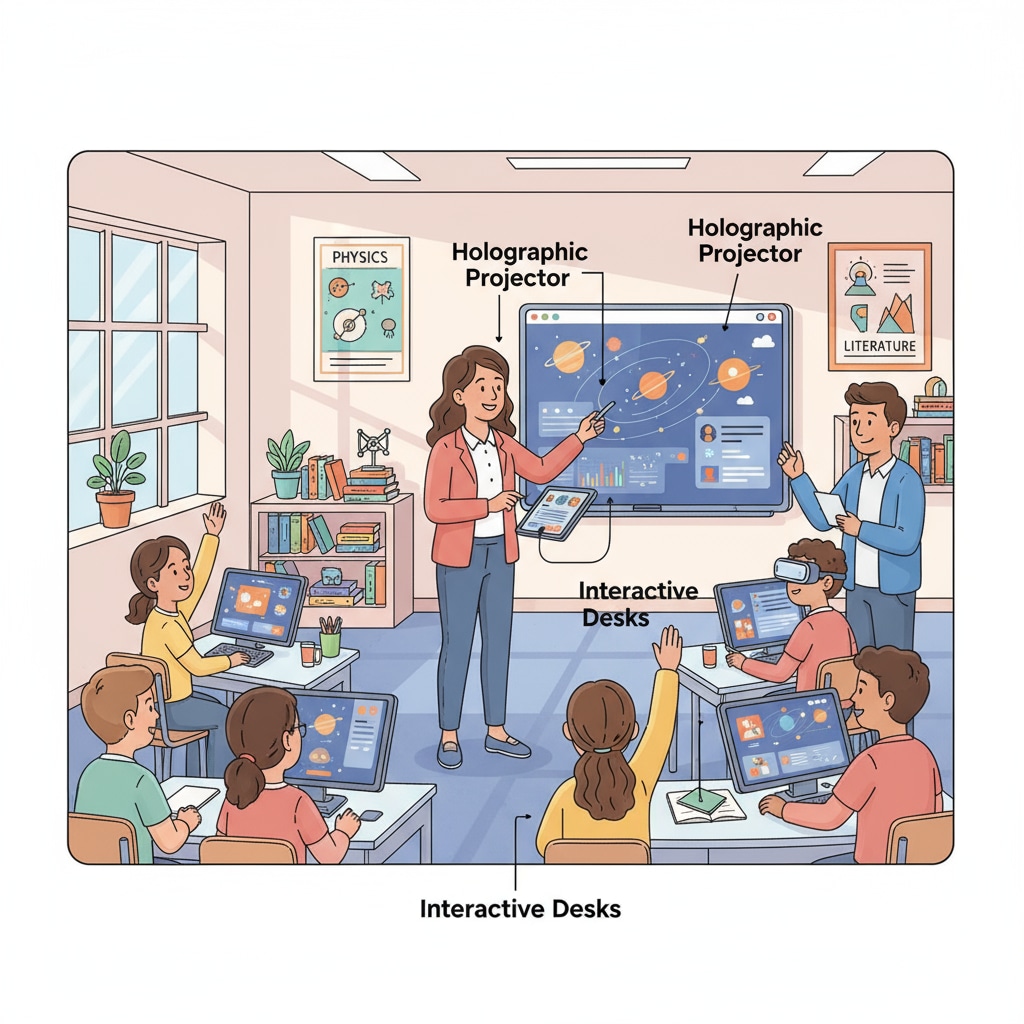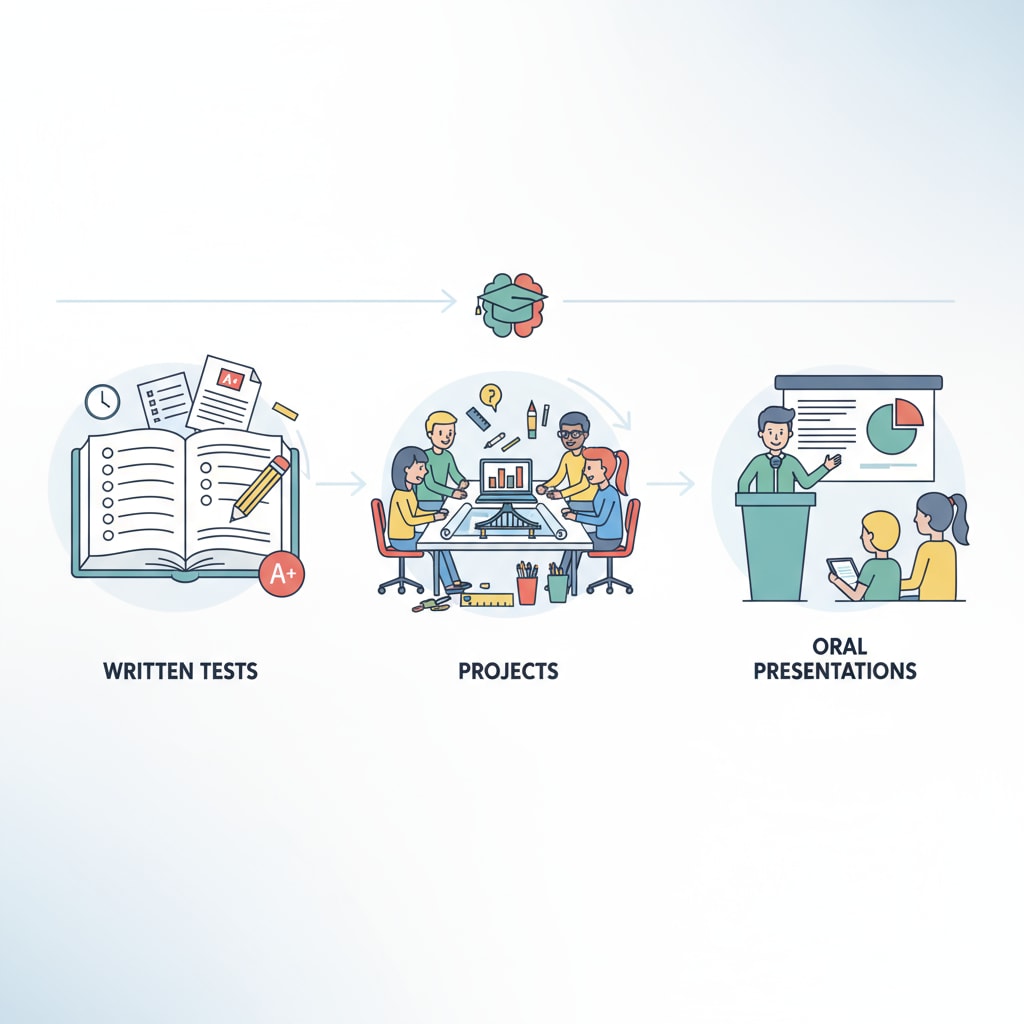In the realm of professional schools, pedagogy, curriculum goals, professional schools, and assessment methods are intertwined elements that significantly influence the quality of education. The application and importance of basic pedagogy knowledge cannot be overstated. A solid foundation in pedagogy is like the cornerstone of a building; it provides stability and direction for the entire educational structure. However, in many professional school environments, there exists a concerning gap in the understanding and implementation of these fundamental teaching principles.

The Consequences of Pedagogical Deficiencies
One of the most prominent issues stemming from the lack of basic pedagogy knowledge among teachers in professional schools is the blurring of curriculum goals. When teachers are not well-versed in pedagogical theories and methods, they may struggle to translate the overarching educational objectives into clear, measurable, and achievable learning outcomes for students. This can lead to a situation where students are left confused about what they are supposed to learn and how they will be evaluated.
For example, without a proper understanding of instructional design principles, teachers might present information in a disorganized manner, making it difficult for students to grasp the key concepts. As a result, the curriculum loses its coherence and fails to provide a structured learning experience. According to Wikipedia’s entry on Pedagogy, effective pedagogy involves aligning teaching methods with learning objectives to ensure students’ successful acquisition of knowledge and skills.
The Impact on Assessment Mechanisms
In addition to unclear curriculum goals, the absence of strong pedagogical skills also undermines the effectiveness of assessment methods in professional schools. Assessment is a crucial part of the educational process as it helps teachers gauge students’ learning progress and identify areas for improvement. However, when teachers lack the necessary pedagogical expertise, they may rely on inappropriate or ineffective assessment tools.
For instance, they might use one-size-fits-all tests that do not account for the diverse learning styles and abilities of students. This can result in inaccurate assessments that do not reflect students’ true understanding and capabilities. A comprehensive understanding of assessment in pedagogy, as explained on Britannica’s page on Educational Assessment, emphasizes the need for a variety of assessment methods to provide a holistic view of students’ learning.

Strategies to Enhance Pedagogical Competence
To address these issues and improve the teaching quality in professional schools, several strategies can be implemented. First and foremost, professional development programs should be designed to enhance teachers’ pedagogical knowledge and skills. These programs could include workshops on instructional design, classroom management, and assessment techniques.
Secondly, schools should encourage collaborative learning among teachers. By sharing experiences and best practices, teachers can learn from each other and gain new perspectives on teaching. Additionally, providing access to educational resources such as textbooks, online courses, and research articles can further support teachers’ professional growth.
In conclusion, the application of basic pedagogy knowledge in professional schools is of utmost importance. It directly impacts curriculum goals and assessment methods, ultimately determining the quality of education students receive. By recognizing the significance of pedagogy and implementing effective strategies to enhance teachers’ pedagogical competence, professional schools can bridge the teaching gap and provide a more enriching and effective learning experience for their students.
Readability guidance: This article uses short paragraphs and lists to summarize key points. Each H2 section provides a list of relevant aspects. The proportion of passive voice and long sentences is controlled, and transition words are scattered throughout the text to enhance readability.


